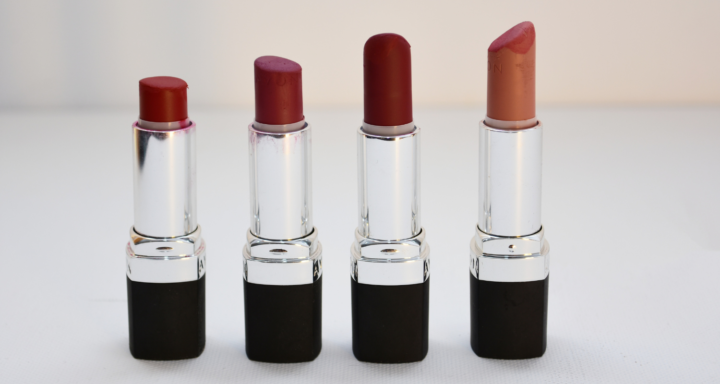The fashion and beauty industries have a copycat problem. You just have to look at the popularity of beauty dupes or head to the shelves to see lots of brands that look just like other brands.
Having your brand copied can be a frustrating and disheartening experience for any business owner. And it happens more and more often – I’ve lost count of the number of smaller beauty brands I’ve seen calling out bigger brands who’ve ripped off their products.
It’s important to know that copying a brand in the UK is illegal, and there are steps you can take to protect your intellectual property rights.
How to prevent your beauty brand from being copied
It’s sometimes easier said than done to stop your beauty brand from being copied. Some brands seem to do nothing but rip off smaller beauty brands and creators, and the popularity of the dupe trend on TikTok.
- Make sure your design is different and isn’t something that’s easily replicated.
- Make sure your design shows “intellectual creation” and you have evidence of how you came to your end design.
- Evidence is important, so make sure you store and date everything, from the quickest design sketch through to approved designs for production.
- Be aware of known copycats, the quicker you can see they are copying, the quicker you can (hopefully) make it stop
- It isn’t just about individual elements, the overall impression of the product needs to be similar too.
This blog post from CITMA talks about Charlotte Tilbury vs Aldi and whether the supermarket did, in fact, copy the iconic beauty brand (the outcome probably won’t be a shock).
What to do if your products have been copied
While you should absolutely seek expert legal advice if you think your beauty brand or products have been copied, here’s some pointers on what to do if someone has copied your brand in the UK:
Gather evidence
The first step is to gather evidence of the infringement. This includes any documentation, screenshots, or other records that demonstrate the copying. You may also want to consult with a legal professional to help you assess the severity of the infringement and the strength of your case.
Send a cease and desist letter
Once you have evidence, the next step is to send a cease and desist letter to the infringing party. This is a formal letter that demands that the infringing party stop using your brand and any associated intellectual property. You can send the letter yourself or work with a legal professional to ensure that it is effective.
Consider alternative dispute resolution
If the infringing party does not respond to your cease and desist letter or if you are unable to reach a resolution through direct negotiation, you may want to consider alternative dispute resolution. This can include mediation or arbitration, which can be a faster and less expensive way to resolve disputes than going to court.
File a lawsuit
If all else fails, you may need to file a lawsuit to protect your intellectual property rights. This can be a lengthy and expensive process, but it may be necessary to ensure that your brand is protected.
How to deal with beauty copycats
It’s important to act quickly if you believe your brand has been copied. The longer you wait, the more difficult it may be to prove your case and protect your rights. By gathering evidence, sending a cease and desist letter, and exploring alternative dispute resolution options, you can take action to protect your brand and ensure that your intellectual property rights are respected.
If you’re looking for original beauty content without plagiarism, AI or copycats, get in touch to find out how I can help you write for your brand.

